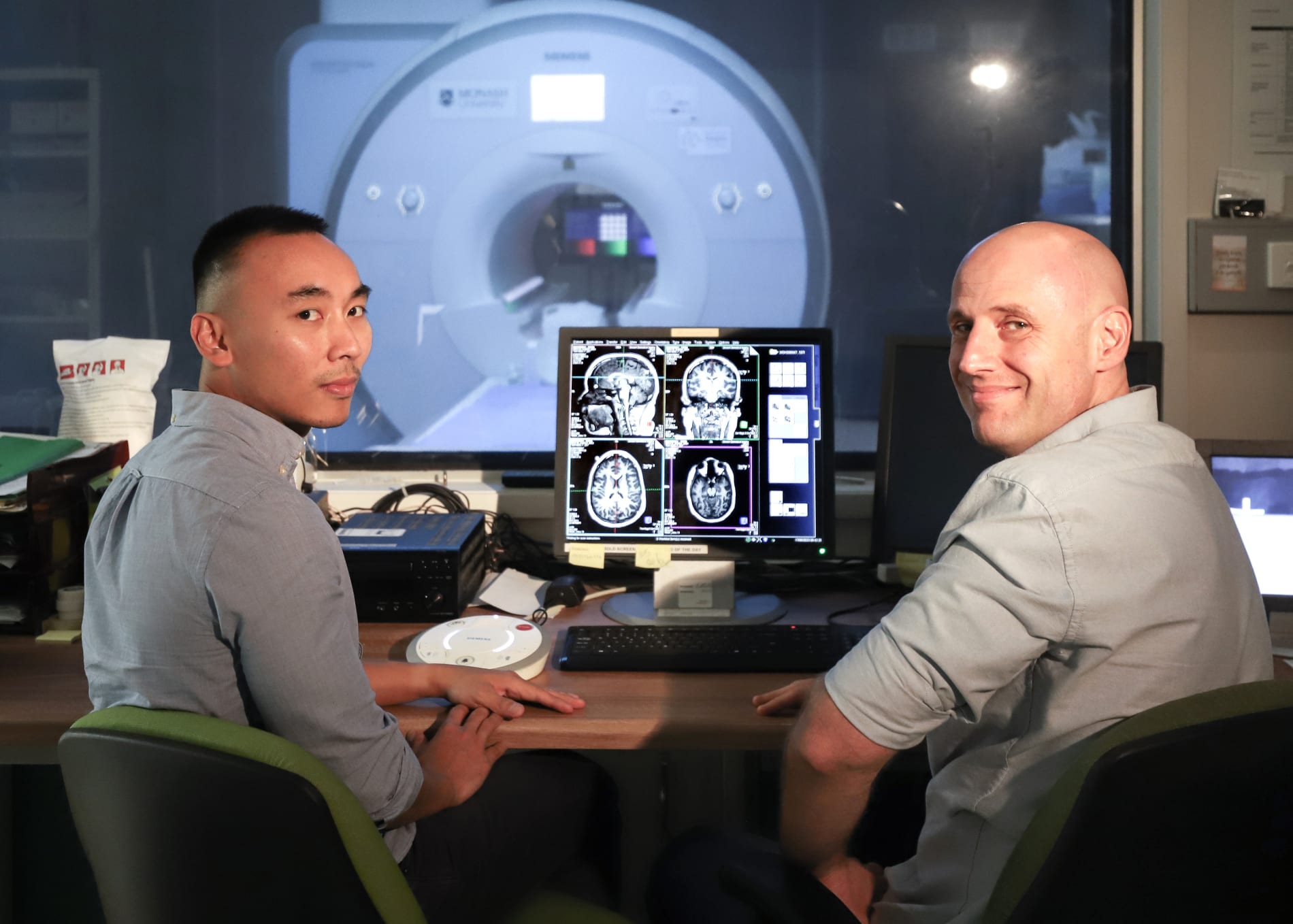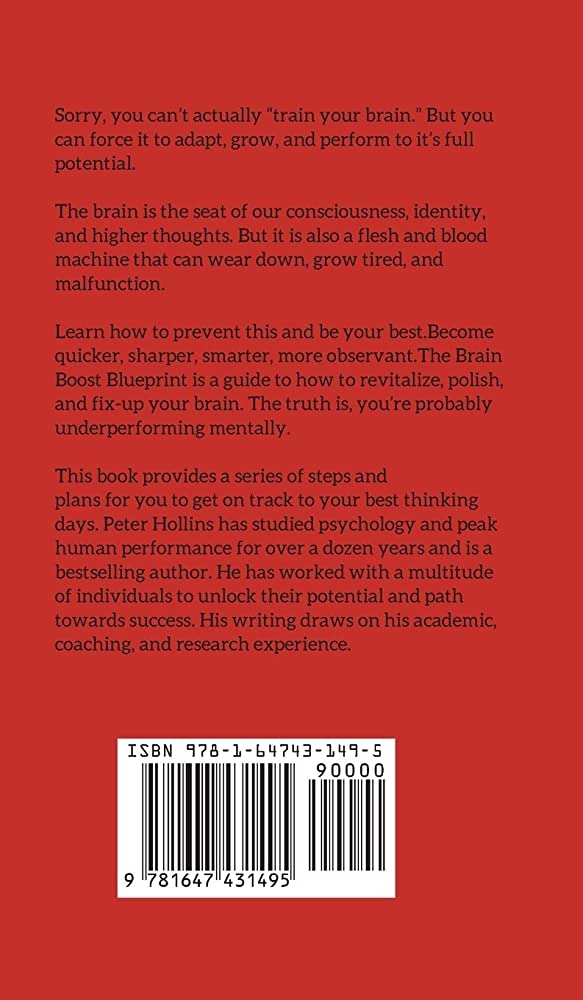Mind uploading is the hypothetical process of transferring a person’s consciousness into a digital form. The concept is gaining popularity as technology advances, and raises important questions about the future of human consciousness and identity.
As technology continues to evolve, the concept of mind uploading is gaining more attention in the scientific community. It involves the transfer of a person’s cognitive processes, memories and personality into a digital form, potentially allowing humans to achieve a kind of immortality.
This process raises important questions about the nature of consciousness and identity, and the potential ramifications of such a transformation. Will our digital selves be the same as our physical selves? Will we still be considered human? And what kind of impact could this have on society? As we delve into the emerging frontier of mind uploading, it is important to consider the ethical implications and potential consequences of our technological progress.

Credit: lens.monash.edu
Introduction: Understanding The Concept Of Mind Uploading
Emerging Frontiers: Mind Uploading And The Future Of Human Consciousness
What if you could upload your mind into a computer? What if, by doing so, you could preserve your consciousness and extend your life beyond the limitations of your biological body? Thanks to technological breakthroughs in neuroscience, artificial intelligence, and computing, the concept of mind uploading is becoming less science-fiction and more realistic.
We will explore the meaning, brief history, and development of mind uploading and the implications it may have on human consciousness.
Definition Of Mind Uploading
Mind uploading, also known as whole brain emulation, is the process of copying all of the information and structure of a biological brain into an artificial, computer-based substrate. This means that a person’s entire brain, including memories, personality, and consciousness, would be preserved and transferred into a digital format.
The idea is to create a virtual brain that would continue to function much like the original biological brain, allowing the individual to retain their identity and potentially extend their lifespan indefinitely.
To put it simply, mind uploading is an attempt to transfer the essence of an individual’s mind from a biological substrate to a computer-based substrate, without losing the individual’s identity, memories, and consciousness.
Brief History And Development Of Mind Uploading
The concept of mind uploading has been around for many years and has been discussed in science fiction for decades. However, it wasn’t until the 1990s that the idea began to receive serious scientific consideration. Researchers such as marvin minsky and hans moravec were among the first to explore the concept in detail, proposing that the human mind could be completely replicated in a digital format.
The development of neuroinformatics and computational neuroscience in the late 1990s and early 2000s provided the necessary tools and knowledge to study and simulate the brain’s functions in greater detail. With the use of advanced imaging technologies and the creation of large-scale databases of neuronal models, researchers began to make significant progress in mapping the structure and functions of the brain.
While mind uploading is still in the realm of theory, the advances in neuroscience, computing and artificial intelligence make it an increasingly plausible prospect. Researchers continue to explore the ethical, societal and technical challenges posed by mind uploading, as well as the implications it could hold for the future of human consciousness.
Mind uploading is a fascinating and complex topic that has far-reaching implications for society and the future of humanity. While the technology to successfully upload a human mind into a digital format is likely still many decades away, the research and study of this phenomenon continue to evolve and bring about new possibilities for what it means to be human.
The Science Behind Mind Uploading
Emerging Frontiers: Mind Uploading And The Future Of Human Consciousness
As technology advances, the possibility of transferring our consciousness to machines is rapidly becoming a topic of discussion. Mind uploading, also known as whole brain emulation, aims to achieve this feat by copying the functions of every neuron, synapse, and connection in the human brain.
We’ll explore the science behind mind uploading, investigating its feasibility and the possibilities it creates for the future of human consciousness.
Explanation Of The Relationship Between Neural Networks And Consciousness
The human brain comprises billions of neurons connected through trillions of synapses. Together, they form complex neural networks that allow us to perceive, understand, and interact with the world around us. But how do these networks create consciousness?
Recent studies suggest that consciousness arises from the collaboration between different brain regions, with each contributing to our perception of the world and the self. These regions communicate via synchronized electrical signals, creating a unified sense of self-awareness. This hypothesis is known as the global workspace theory.
Recent Studies On The Feasibility Of Mind Uploading
The idea of copying the human brain’s complexity to machines once belonged to the realm of science fiction. However, recent studies suggest that mind uploading could soon become a reality. Here are some findings:
- In 2019, researchers at yale university successfully restored cellular function in the brain of a dead pig. While this experiment is far from mind uploading, it proves that the brain’s cells can be revived even after death.
- In 2020, a team from brainmind ai used ai to simulate the brain of a worm, mapping its neurons and synapses. While a worm’s brain is not as complex as a human’s, this experiment showed that ai can replicate biological functions.
- In 2021, neuroscientists at eth zurich developed a new technique for monitoring brain activity, called light-sheet microscopy. This technology allows for a more comprehensive view of neural activity and could help researchers simulate the brain’s functions more accurately.
While we are not yet at the point of copying a human brain, these studies demonstrate that we are making progress and that mind uploading might eventually become a reality.
Mind uploading could revolutionize our understanding of human consciousness. By replicating the brain’s complexity in machines, we could potentially achieve digital immortality and explore new frontiers of the mind. However, before we can consider this possibility, we need to ensure that the ethical and philosophical implications of mind uploading are thoroughly examined.
Brain Simulation And The Pursuit Of Mind Uploading
Emerging Frontiers: Mind Uploading And The Future Of Human Consciousness
The pursuit of immortality has intrigued humanity since ancient times. While attempts to achieve physical immortality have largely been unsuccessful, digital immortality is now within reach. Mind uploading, a concept that once only existed in science fiction, could revolutionize the way we understand life, death, and consciousness.
As technology progresses, this new frontier is becoming increasingly attainable. Brain simulation is at the forefront of this research, paving the way for the eventual achievement of mind uploading. We will discuss the role of brain computer interfaces in mind uploading research, provide an overview of the blue brain project, and delve into the advancements and challenges in brain simulation.
Role Of Brain Computer Interfaces In Mind Uploading Research
Brain computer interfaces (bcis) are devices that establish a direct communication channel between the brain and an external device. Bcis could play a significant role in mind uploading research, as they could enable real-time monitoring and recording of neural activity.
This can help scientists gain a better understanding of the brain and contribute to the development of more advanced brain simulation technologies.
Some key points to consider:
- Bcis have the potential to allow real-time monitoring and recording of neural activity.
- This technology could contribute to the development of more advanced brain simulation technologies.
- Bcis can establish a direct communication channel between the brain and external devices.
Overview Of The Blue Brain Project
The blue brain project is a research initiative that focuses on developing a biologically-detailed digital reconstruction of the mammalian brain. This project, led by neuroscientist henry markram, aims to create a virtual brain that is functionally equivalent to the biological one.
The project’s ultimate goal is to provide a better understanding of the brain’s complexities and contribute to the development of mind uploading technologies.
Some key points to consider:
- The blue brain project develops a biologically-detailed digital reconstruction of the mammalian brain.
- The project aims to create a virtual brain that is functionally equivalent to the biological one.
- The blue brain project’s ultimate goal is to provide a better understanding of the brain’s complexities and contribute to mind uploading technologies’ development.
Advancements And Challenges In Brain Simulation
The development of brain simulation technologies is essential in the pursuit of mind uploading. However, it is a complex field with various challenges that scientists face. Achieving a comprehensive understanding of the brain’s complexities is one such challenge. Another challenge is developing computational models that accurately reflect the brain’s dynamics.
Despite these challenges, significant advancements have been made in recent years, and brain simulation technologies continue to evolve.
Some key points to consider:
- Advancements in brain simulation technologies are essential in achieving mind uploading.
- A comprehensive understanding of the brain’s complexities is one of the most significant challenges in brain simulation.
- Developing computational models that accurately reflect the brain’s dynamics is another challenge.
- Despite these challenges, significant advancements have been made in recent years, and brain simulation technologies continue to evolve.
Brain simulation technology is a crucial component in the pursuit of mind uploading. Bcis, the blue brain project, and advancements in brain simulation are all contributing to this evolving field. Although challenges still exist, further scientific exploration and technological advancements can pave the way for more significant developments toward achieving digital immortality.
Implications Of Mind Uploading For Human Consciousness
Emerging Frontiers: Mind Uploading And The Future Of Human Consciousness
The idea of mind uploading has long been a topic of interest in science fiction. However, with advancements in technology and neuroscience, it is now becoming a reality. Mind uploading, also known as whole brain emulation, refers to the process of scanning and transferring the contents of a person’s brain, including their memories, personality, and consciousness, into a computer program.
Ethical Considerations Of Mind Uploading
The concept of mind uploading raises several ethical considerations that must be carefully considered.
- Ownership: Who owns the uploaded mind? Does it belong to the person whose brain was scanned, or to the company that performed the mind upload?
- Control: Who controls the uploaded mind? Can it be deleted, edited, or replicated without the person’s consent?
- Privacy: How can we protect the privacy of the uploaded mind and prevent unauthorized access to sensitive information?
- Rights: Does the uploaded mind have rights and protections under the law?
Impact Of Mind Uploading On Human Identity
If mind uploading becomes a reality, it could have a significant impact on human identity.
- Preservation: Mind uploading could offer a way to preserve a person’s consciousness after death, allowing them to live on in digital form.
- Continuity: However, some argue that mind uploading could disrupt the continuity of a person’s identity, as the uploaded mind would exist separately from the physical body.
- Cloning: Cloning an uploaded mind could lead to the creation of multiple copies, each with the same memories and consciousness.
- Transhumanism: Mind uploading is often associated with transhumanism, the idea that technology can be used to enhance and evolve human capabilities beyond their biological limitations.
Potential Benefits And Drawbacks Of Mind Uploading
While mind uploading raises many philosophical and ethical questions, it also has the potential for significant benefits and drawbacks.
- Benefits: Mind uploading could lead to improved intelligence, memory, and cognitive abilities. It could also help treat neurological disorders and extend human life beyond the limits of biology.
- Drawbacks: However, mind uploading could also lead to social and economic inequality, as only the wealthy may be able to afford the technology. Additionally, it could lead to a loss of physical experiences and social connections, as the uploaded mind would exist in a purely digital world.
Mind uploading has the potential to revolutionize how we approach life, death, and human consciousness. However, it is important that we carefully consider the ethical implications of this technology and ensure that it is used for the betterment of humanity as a whole.
Frequently Asked Questions For Emerging Frontiers: Mind Uploading And The Future Of Human Consciousness
What Is Mind Uploading?
Mind uploading is the process of transferring one’s consciousness or mind into a digital medium such as a computer or machine.
Is Mind Uploading Possible Now?
Currently, mind uploading is not possible due to technological limitations, but some research is being done.
What Are The Ethical Concerns Of Mind Uploading?
There are concerns surrounding the loss of individuality, the potential for misuse, and the inequality of access to this technology.
Conclusion
In the world of neuroscience and ai, mind uploading may seem far-fetched, but it’s a concept that is becoming increasingly viable, and indeed, it’s an idea that is already being intensely researched. As science and technology move forward, and we continue to unlock the mysteries of the brain, the potential for mind uploading to become a reality looms larger.
What this means for the future of human consciousness is not yet certain, but it’s important to consider the implications and prepare for what may come. Whether we accept it or not, mind uploading may be the next frontier of human evolution.
It’s up to us to decide how we approach this brave new world, and how we ensure that our future as a species is defined not only by scientific advances but by ethics and morality as well. One day, we may see a world where minds can be uploaded and transferred into new bodies or machines, but until then, we have much to contemplate and explore.

